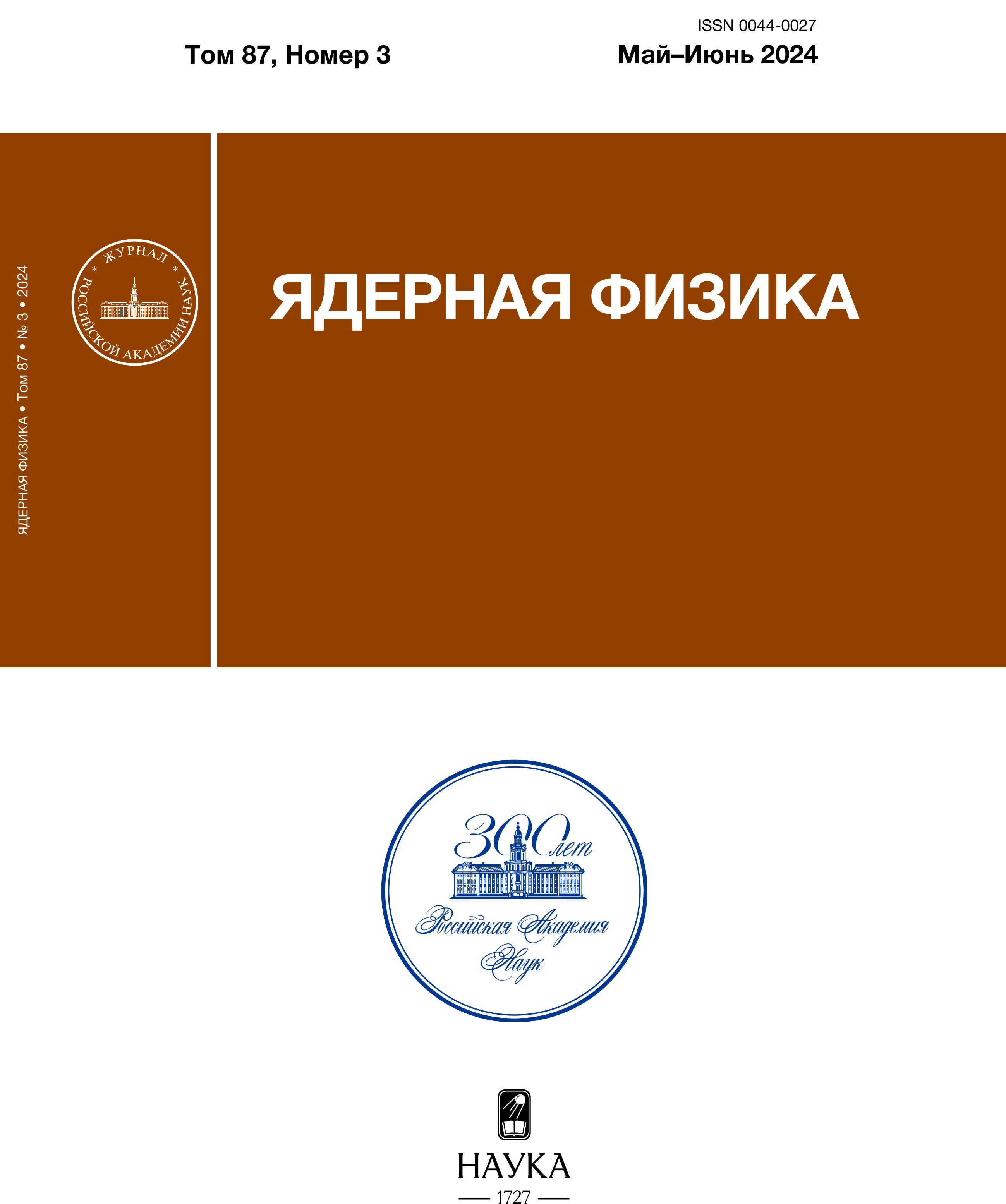ON THE IMPORTANCE OF CONSIDERATION OF INITIALLY-EXTENDED RELATIVISTIC STRINGS FOR HADRONIZATION MODELING
- Authors: Nikolaenko R.V.1
-
Affiliations:
- National Research Nuclear University “MEPhI” (Moscow Engineering Physics Institute)
- Issue: Vol 87, No 3 (2024)
- Pages: 205-211
- Section: ЭЛЕМЕНТАРНЫЕ ЧАСТИЦЫ И ПОЛЯ. Теория
- Published: 15.06.2024
- URL: https://cardiosomatics.ru/0044-0027/article/view/674734
- DOI: https://doi.org/10.31857/S0044002724030109
- EDN: https://elibrary.ru/IWGSGA
- ID: 674734
Cite item
Abstract
Data from a number of experiments in high-energy physics indicate difficulties in the description of the production of pions and ρ0-mesons using existing models of hadronic interactions. One of the possibilities for introducing new non-collective effects is to modernize the fragmentation models of relativistic Nambu–Goto strings. As an option, the use of initially extended strings is proposed, which makes it possible to calculate string parameters in configurations that are realistic for hadronic and nucleus-nucleus interactions. For this purpose, a special gauge is introduced, suitable for calculations with arbitrary initial conditions. The ability to determine the spin–orbital characteristics of strings allows us to impose additional restrictions on the mass of string fragments.
About the authors
R. V. Nikolaenko
National Research Nuclear University “MEPhI” (Moscow Engineering Physics Institute)
Email: rvnikolaenko@mephi.ru
Moscow, Russia
References
- ALICE Collab., arXiv: 1708.08745 [hep-ex].
- NA61/SHINE Сollab., arXiv: 1705.08206 [nucl-ex].
- D. Heck, J. Knapp, J. N. Capdevielle, G. Schatz, and T. Thouw, CORSIKA: A Monte Carlo Code to Simulate Extensive Air Showers, FZKA 6019 (Forschungszentrum Karlsruhe, 1998).
- A. A. Petrukhin, Nucl. Instrum. Methods Phys. Res. Ai742, 228 (2014).
- H. P. Dembinski, J. C. Arteaga-Velazquez, L. Cazon, R. Conceicao, J. Gonzalez, Y. Itow, D. Ivanov, N. N. Kalmykov, I. Karpikov, S. Muller, T. Pierog, F. Riehn, M. Roth, T. Sako, D. Soldin, R. Takeishi, et al., EPJ Web Conf. i210, 02004 (2019).
- T. Pierog, S. Baur, H. Dembinski, M. Perlin, R. Ulrich, and K. Werner, PoS (ICRC2021) 469 (2021).
- R. D. Field and R. P. Feynman, Nucl. Phys. B i136,1 (1978).
- B. R. Webber, Nucl. Phys. B i238, 492 (1984).
- B. Andersson, G. Gustafson, and B. Soderberg, Z. Phys. C i20, 317 (1983).
- D. A. Morris, Nucl. Phys. B i288, 717 (1987).
- T. Sjostrand, S. Mrenna, and P. Z. Skands, Comput. Phys. Commun. i178, 852 (2008); arXiv: 0710.3820 [hep-ph].
- D. A. Morris, PhD Thesis (California Institute of Technology, 1987).
- H. J. Drescher, M. Hladik, S. Ostapchenko, T. Pierog, and K. Werner, Phys. Rep. i350, 93 (2001); hepph/0007198.
- T. Pierog, Iu. Karpenko, J. M. Katzy, E. Yatsenko, and K. Werner, Phys. Rev. C i92, 034906 (2015).
- D. Amati and G. Veneziano, Phys. Lett. B i83, 87 (1979).
- C. Bierlich, G. Gustafson, and L. Lonnblad, arXiv: 1710.09725v1.
- Y. Nambu, in Symmetries and Quark Models, Ed. By R. Chand (Gordon and Breach, New York, 1970), p. 269.
- X. Artru and G. Mennessier, Nucl. Phys. B i70, 93 (1974).
- Б. М. Барбашов, В. В. Нестеренко, Модель релятивистской струны в физике адронов (Энергоатомиздат, Москва, 1987).
Supplementary files











